Dragonball Fusions is something of a smaller version of Dragonball Xenoverse, where your home-made Saiyan, Alien, Earthling or Otherworlder flies around, fighting whoever he (or she) sees. There are a couple of core differences between the two games, however. Rather than being a grand MMO fighting-cum-RPG Dragonball Fusions is a straight up RPG with a clever turn-based battle system quite unlike anything I’ve ever seen before.
Dragonball Fusions doesn’t simply re-tell the various well-known arcs of Akira Toriyama’s delightful world, instead, you control Tekka (who you can rename to whatever you see fit), trying to settle a score against longtime friendly rival Pinich (a Saiyan with awfully familiar hair). The game opens with the two of them using the Dragon Balls to summon Shenron and proceeding to wish for the greatest martial arts tournament the universe has ever seen. This tears a Timespace rift into the very fabric of the world, bringing characters from all across Dragonball’s storied history together in order to fight against one another in the Timespace Tournament. It’s a fun tale, filled with all the places, characters and visceral action you’d expect from anything Dragonball related.

The story sees you team up with Kid Trunks, Goten, Pan and Kid Goku, tasking you with besting challenges, completing tasks and fighting a whole load of enemies all in an effort to break through the barrier that stops you from progressing beyond your current area of residence. This is a formula that will rinse and repeat, but it matters little when the base game is as fun as it is. Fights are a joy, with two teams of five facing off against each other in a handful of arenas. Your typical battle takes place in a circular arena, with both teams placed exactly opposite each other until the first fighter makes their move, based on their speed stats. You will see a bar covered in the faces of each fighter, moving towards the right at different speeds, when a face of one of your fighters reaches the end, it is their chance to attack.
With me still? Good. Here’s where it gets trickier. When one of your fighters can attack, you are given a variety of options to choose from. Defend, attack, special attack and run are all there, don’t worry. There are two attack types to choose from, with each fighter preferring one over the other. Choose a physical attack and your fighter will fly over and you will be prompted into choosing where to hit your enemy in a circle made of several entry points. If you choose the same direction as your enemy, your attack will do far less damage and be flung back barely at all, which doesn’t help when you want to hit them out of the arena to send them back to the start of the queue. Indeed, just landing a solid blow will send them flying in the direction from where you hit them, bouncing enemies off of one another and into your teammates is a surefire way to cause a lot of damage.
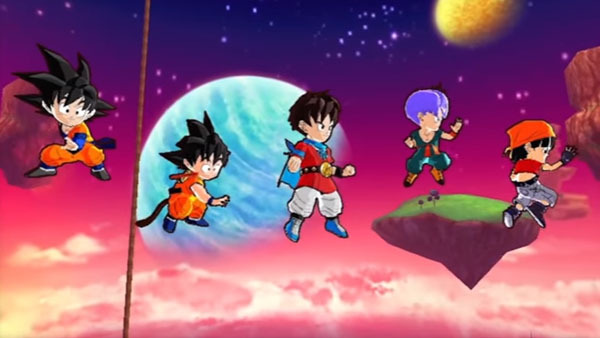
If you choose to do an energy attack, you will be asked to move your fighter to where you want them to attack from, which, depending on the attack can be very useful. It’s a good idea to mix up your attacks, as you can move your fighters into optimal positions for chain attacks. Any fighter that is waiting for their turn ahead of an enemy will join in the fight, so timing and placement are key here. It’s also good to know how to deal big damage. Each character has an energy type that works like rock, paper, scissors. There is always an image of the order during battles to help you figure out who to hit with who. Throughout the fight you will also charge up a meter made up of little orbs that will help you in several ways.
This meter is used for special attacks (each of which uses up a different amount of the little orbs), fusions, ultra fusions and a kind of special attack (just as with ultra fusions) that sees you enter a 3D space and damage opponents in order for your following attack to deal even more damage (and to unlock new team members, but more on that later). There’s a lot to think about when it comes to fights, but don’t worry if it sounds complicated, it is really rather simple in execution and you’ll get a handle of it in no time at all. The fusion aspect is quite important, however, as the title of the game might suggest. During fights you can fuse characters together as they would in the show. Got Goten and Trunks in your team? Fuse ’em to make Gotenks. Unfortunately, the game relies on you having prior knowledge of what characters can fuse together or just to rely on dumb luck.
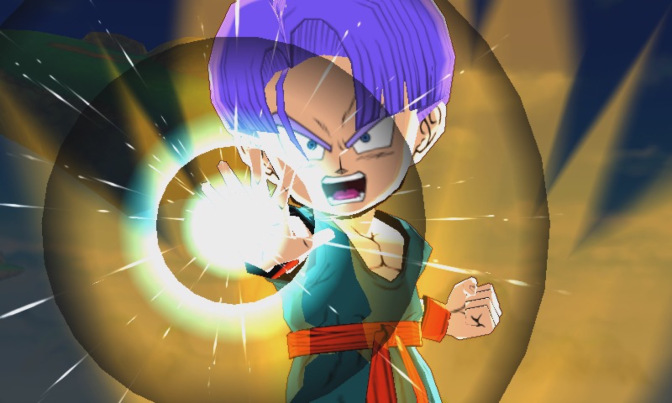
Indeed, this is just one of several issues with Dragonball Fusions sign-posting and design. The world looks beautiful, but I wish it was in 3D. Missions are tricky to find and the game never tells you where they will be. Some missions never give out any hints as to how to finish them. Characters will have their genders clearly printed wrongly (a non-issue, really). But most grating of all the little dodgy quirks in the game’s design? It never tells you how to upgrade your special attacks. You will unlock special attacks by defeating an enemy by ways of ring-out. You can then attach the new attacks to your fighters if they can equip them. The trouble is, you will never find great upgrades and the vast majority of special attacks I found, I simply couldn’t equip to any of my preferred team mates. Oversights such as these are, unfortunately, commonplace in Dragonball Fusions.
There is no way, for example, to turn Super Saiyan during a fight. I really don’t get that, I mean, it’s one of the franchise’s most endearing images. Instead, you will unlock fighters that are always Super Saiyan. The trouble with that is, it’s hard work to unlock anybody you might recognise. If I didn’t look up how to unlock Piccolo I never would have had him in my team. Why make a game about creating teams of Dragonball fighters and hide the real ones behind vague unlocking rituals? It doesn’t make any sense. Even getting new fighters to join your team is a chore that the game doesn’t explain for at least several hours. You must beat them with the attack I described above. That’s it. I don’t know why you can’t do this during the game’s lengthy opening. I also don’t know why you can’t EX Fusion right from the off, or at least, a lot earlier than over half-way through the game’s story.
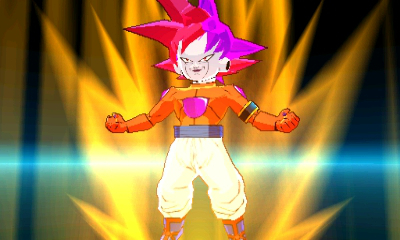
EX Fusions let you permanently fuse two fighters together, increasing their base stats and giving you a combination of the two in ways of looks. In my team I had Yamcha and Tien EX fused, as well as Krillin and Kid Goku. It’s great fun seeing what crazy combinations of fighters you can make and it’s completely beyond me why a feature as big as this isn’t touched upon until you’ve played a healthy 15 hours of the game. At least the Ultra Fusions are always there. These see each of your fighters fuse into one ultra fighter who deals insane damage to all caught in the crossfire. It’s a great idea to save these for the various boss-battles and tougher challenges the game might throw at you in its impressive 25+ hours run time.
Dragonball Fusions is a fun game, built around a quality turn-based battle system, great graphics and a nice story that takes you to many nostalgic places from Akira Toriyama’s delightful world. It is held back by strange design and timing decisions throughout, however. Any Dragonball fan will find plenty to love here, but will also find enough to annoy them such as the lack of Super Saiyan abilities and lack of playable well-known fighters until late on into the game’s life.
78%A quality game held back by some odd choices in design and execution.
Advertisements Share this:


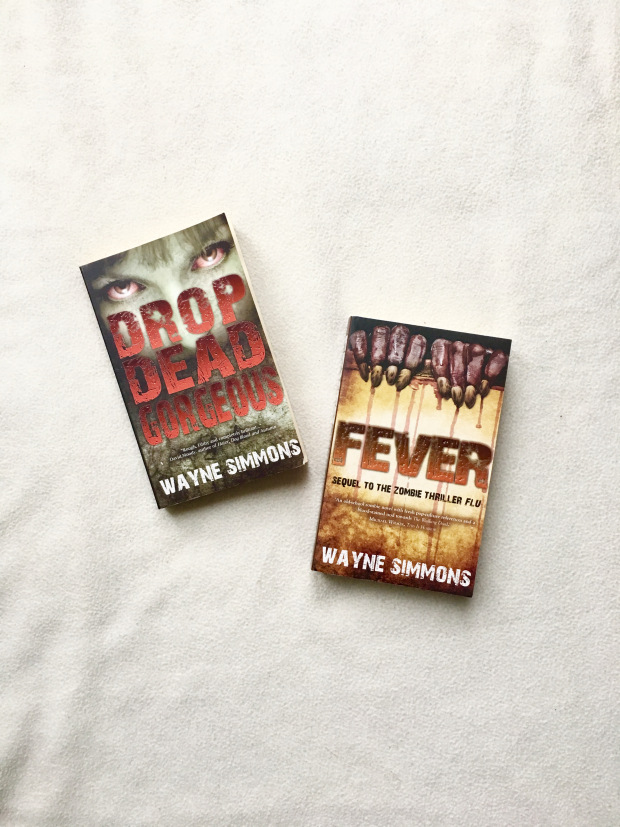
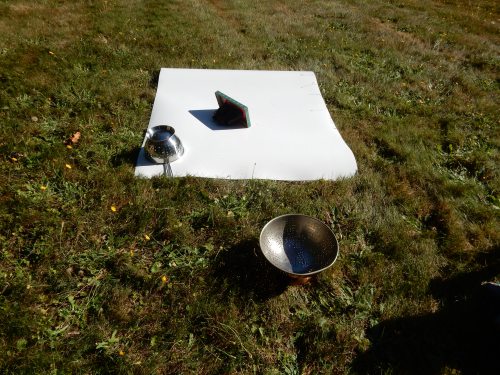
![newproject_1_original-27[1].jpg](/ai/121/902/121902.jpg)